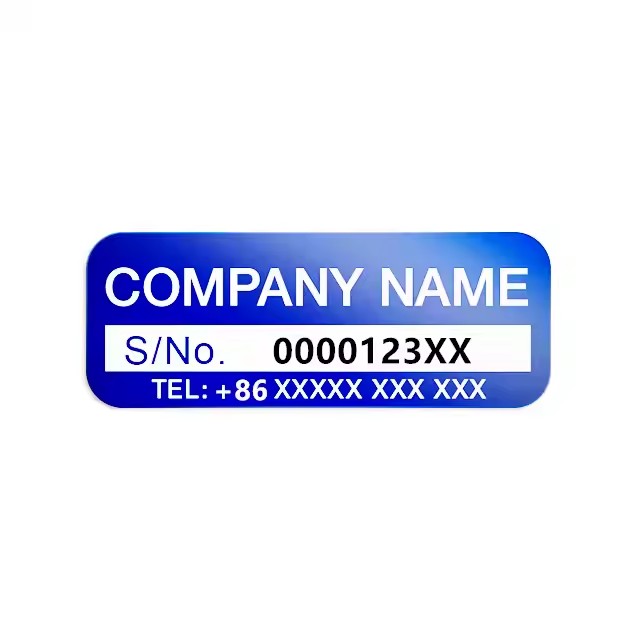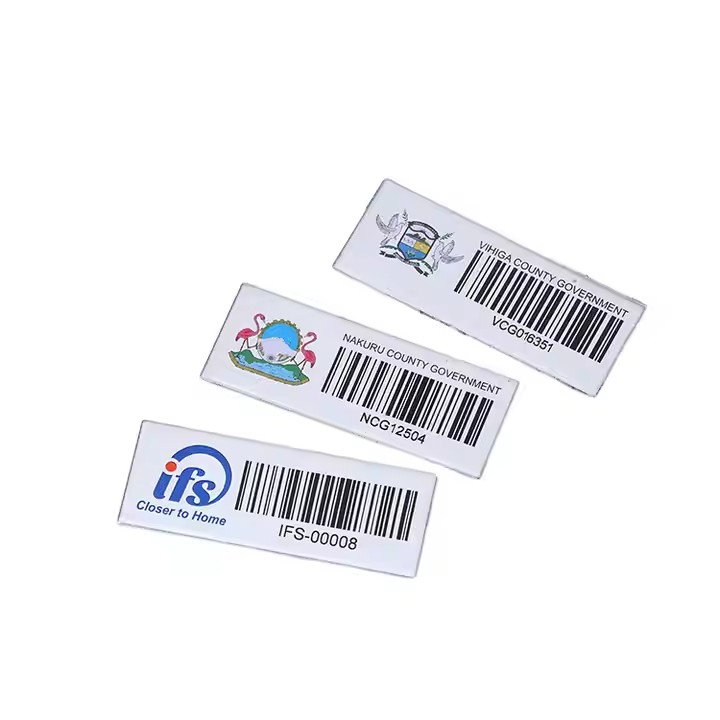How a Premium Wine Label Influences Brand Perception

Rising Demand for Premium Aluminum Wine Labels in the Asian Market
13/07/2025
How Aluminum Labels Enhance Shelf Appeal of Wine Products
13/07/2025How a Premium Wine Label Influences Brand Perception
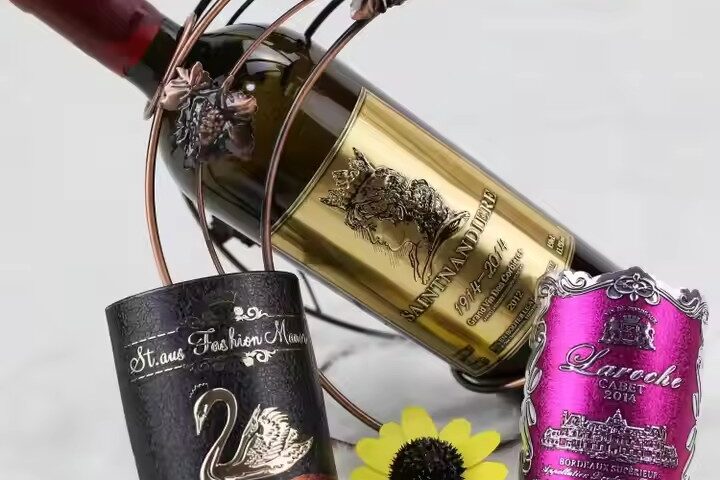
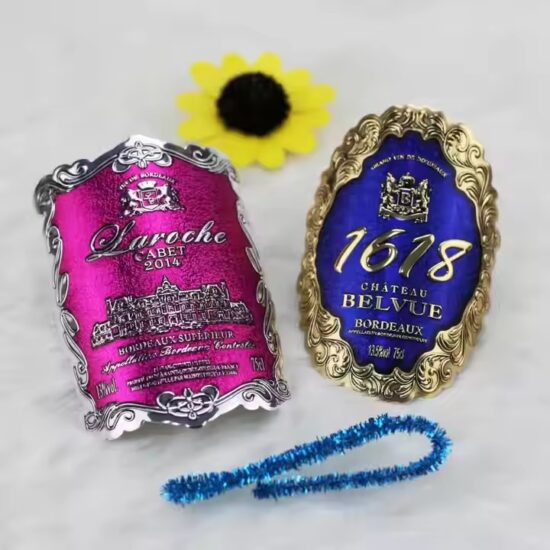
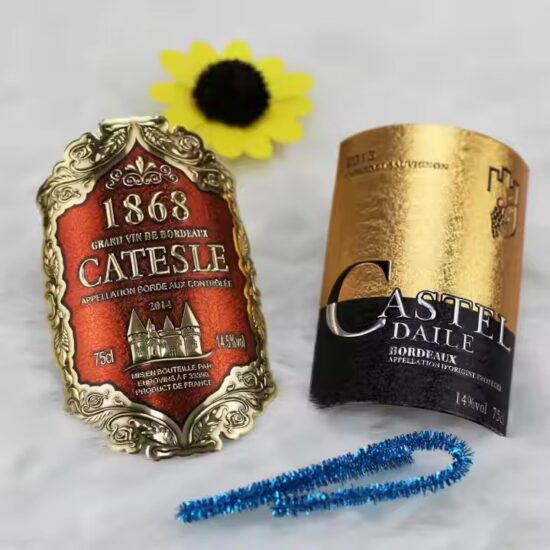
How a Premium Wine Label Influences Brand Perception
In the highly competitive world of wine, taste isn’t the only thing that matters. Long before a bottle is opened, its label speaks volumes about the quality, story, and value of the wine inside. A premium label can turn a good product into a great experience—and significantly influence how consumers perceive the brand.
So how exactly does a premium wine label shape brand perception? Let’s explore the psychology, design strategy, and marketing impact behind luxury wine packaging.
1. First Impressions Are Visual
Studies show that up to 70% of wine purchase decisions are influenced by the label, especially among new or unfamiliar brands. A premium label helps your wine:
-
Stand out on crowded shelves
-
Communicate quality at a glance
-
Create curiosity and emotional appeal
High-end materials like aluminum instantly signal sophistication and care. They suggest that if the outside looks this refined, the wine inside must be exceptional too.
👉 In branding, perception is reality—especially in the first few seconds.
2. Design Reflects Brand Identity
Your label design is the most visible expression of your brand. Premium labels often use:
-
Embossing, foil stamping, or metallic finishes
-
Elegant typography and minimalist layouts
-
Textured materials like aluminum, leather, or stone paper
These elements convey attributes such as:
-
Prestige
-
Heritage
-
Innovation
-
Authenticity
Whether your brand is classic and traditional or modern and edgy, a premium label communicates your message without a single word.
3. Premium Labels Build Trust and Justify Price
A high-quality label helps justify a higher price point. Consumers naturally associate premium packaging with:
-
Higher production value
-
Better sourcing and winemaking practices
-
Stronger brand reputation
Especially for gifting, events, or luxury retail, buyers are more likely to choose a wine that “looks” expensive. Aluminum labels add perceived value through:
-
Metallic shine and durability
-
Unique textures that feel exclusive
-
Custom shapes and finishes not possible with paper
👉 When the label looks valuable, the wine feels more premium—even before the cork is pulled.
4. Tactile Experience Enhances Emotional Connection
Touch is powerful in marketing. A wine label made from brushed aluminum or embossed foil creates a tactile moment that paper simply can’t match. That sensory detail makes your wine more:
-
Memorable
-
Gift-worthy
-
“Shareable” on social media
In an experience-driven market, how a product feels is almost as important as how it tastes.
👉 Luxury packaging turns your wine into a multi-sensory brand experience.
5. Consistency Builds Long-Term Loyalty
Premium labels aren’t just for show—they build recognition and brand consistency over time. Consumers remember:
-
The look of your bottle
-
The feel of your label
-
The emotion tied to the experience
That consistency builds brand equity and drives repeat purchases. If customers associate your label with quality and elegance, they’re more likely to become loyal buyers—even without tasting the wine first.
🏁 Conclusion
A premium wine label does far more than decorate a bottle. It influences perception, builds emotional connections, and elevates your entire brand image. In today’s saturated wine market, where shelf space is limited and competition is high, your label could be your strongest marketing asset.
For brands looking to differentiate, premium materials like aluminum offer not just beauty—but a brand experience consumers won’t forget.

